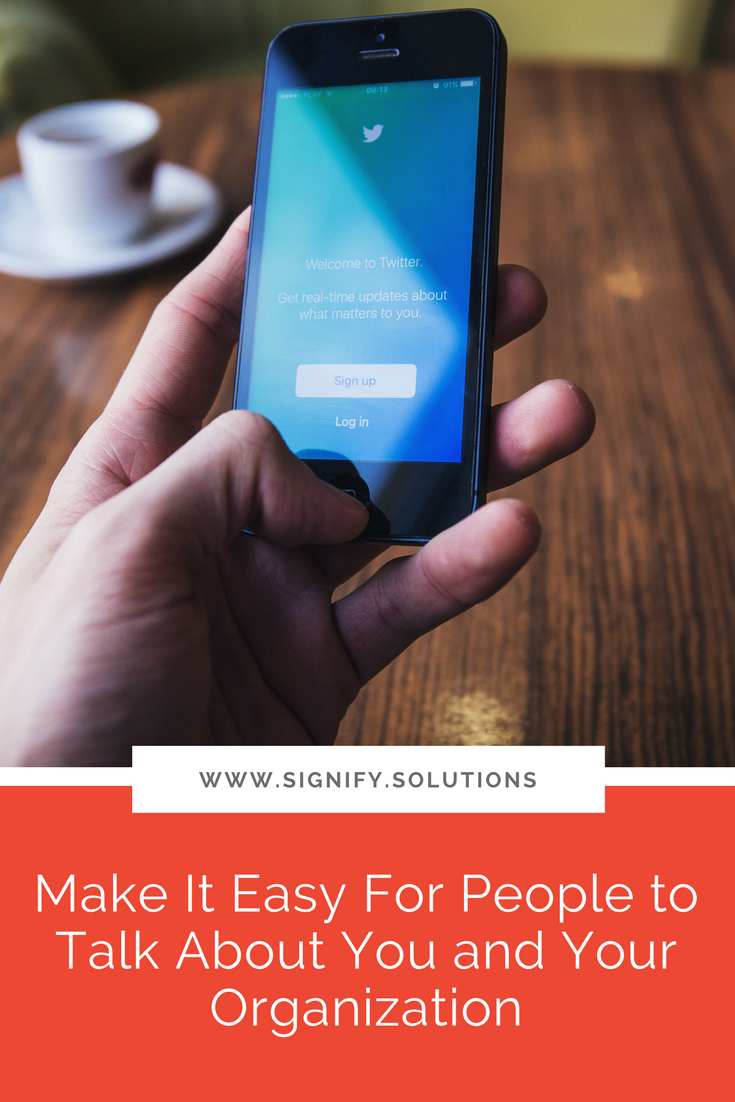Whether you are just getting your organization off the ground, are in a growth phase, or are trucking along at a good pace, today's topic has probably hit your radar at some point. So far this month, I've covered the lessons I learned from my first year in business, 10 tools to make your small business look more professional, and my favorite tip to get people to spread the word about you. But now, I want to address how you should approach a situation in which you're asked for, or offered, free help.
No matter from what perspective you're reading this post, as a "do good" organization, you likely have a love-hate relationship with free help. You're either at a nonprofit or purpose-driven, for-profit who has taken advantage of long- or short-term volunteers, or you've been asked to do something for free for which you'd normally charge.
And you likely have both good and bad experiences. I know I do.
Volunteers and interns can either be the best thing that ever happened to you, or the worst. Nonprofits often heavily rely on volunteers to keep the doors open. And social enterprises, especially just starting out, may be in the same position. Sometimes these people are even called interns, and become more of the process. You, like me, may also know fully-functioning businesses that are solely run by volunteers. Any of these can be a great strategy. But, it just depends on who these people are, and how hard they're willing to work. Regardless, a system should be put into place to account for any "bad eggs" that do come along. In these situations, people rarely have bad intentions. They may, however, have a bad work ethic. Or the scope of the position may change, or it was never adequately explained. There can easily be fault on both sides.
On the flip side, there may be times when you or your organization is asked to do something for free. It could be offering your service at an event, like providing free coffee at a conference. Or it might be giving away your product, such as samples in a goodie bag. As before, neither is a bad option. In fact, they could lead to other revenue sources or exposure you might not receive otherwise. But every opportunity should be carefully thought out. I don't think there is a blanket response. Value is measured in more ways than one.
In today's post, I shared with the folks over at Horkey Handbook all about the pros and cons of either being approached by someone who offers their help for free, or how to handle being asked to do something for free.
READ THE FULL POST HERE.
PIN THIS POST FOR LATER:
I'm Kristi Porter, and I started Signify to provide writing, consulting and strategy services to nonprofits and for-profit organizations with a social mission, primarily through copywriting, marketing and business communications. I believe that cause-focused organizations like yours are the future of business. You're proof that companies can both make money and do good. And I'm here to help you get noticed and grow. When you succeed, we all win.














































